#harper’s monthly magazine
Text

Truth Leaves the Fairies Wonderland
Harper’s Monthly Magazine
December 1900
Artist : Howard Pyle
1K notes
·
View notes
Text
It's #BuzzardDay!

Image: A. Lindsay, "A Buzzard Roost," Harper’s New Monthly Magazine, 1887.
Begun in 1957, every year the Cleveland Metroparks Official Buzzard Spotter welcomes these migratory birds back to their roost in Hinckley, OH:
BTW, in the U.S. "buzzard" is a colloquial term for the Turkey Vulture (Cathartes aura), not closely related to birds commonly called "buzzards" outside of the Americas. But feel free to celebrate any and all of them today!
#buzzard#buzzards#turkey buzzard#turkey vulture#bird#birds#birds in art#woodcut print#illustration#magazine illustration#Harper's New Monthly#19th century art#American art#A. Lindsay#1880s#Buzzard Day#common names#animal holiday#Cleveland Metroparks#animals in art
15 notes
·
View notes
Photo

Elizabeth Shippen Green
She heard him speak to someone below (1907)
Illustration for "The Love Match" by Justus Miles Forman
Harper's Monthly Magazine Vol. 115. Jun 1907 - Nov 1907. 442.
#esg#elizabeth shippen green#she heard him speak to someone below#listening#robe#the love match#illustration#justus miles forman#harper's monthly magazine#magazine#magazine illustration#1900s#1907#red#painting
5 notes
·
View notes
Text

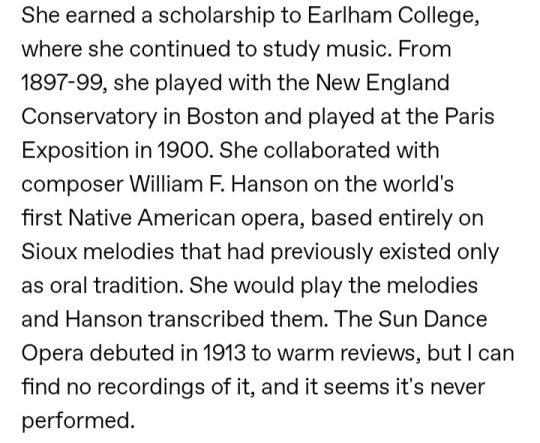





#zitkala sa#zitkala-sa#sioux#sioux indian#natives#american indians#indigenous people#opera#sun dance#brigham young university#reform#american opera#boston conservatory of music#politics#the atlantic monthly#harper's magazine#oklahoma#pennsylvania#carlisle indian industrial school#euro american#sioux melodies#gertrude bonnin#indigenous#history#american history
6 notes
·
View notes
Text

Sarah Stilwell-Weber (American illustrator, 1878-1939) • Harmony in the Light of the Moon, Illustration for The Pine Lady by Richard Le Gallienne • Harper's Monthly Magazine • 1903
#illustration#art#illustrator#artwork#antique illustration#sarah stilwell-weber#american illustrator#woman artist#painted illustration#oil on canvas#women in artworks#sassafras and moonshine#painting#book illustration#illustration art
95 notes
·
View notes
Text

By Albert Sterner. From the story, The Heart's Key by Maurice Hewlett. From Harper's Monthly Magazine. 1901
40 notes
·
View notes
Text
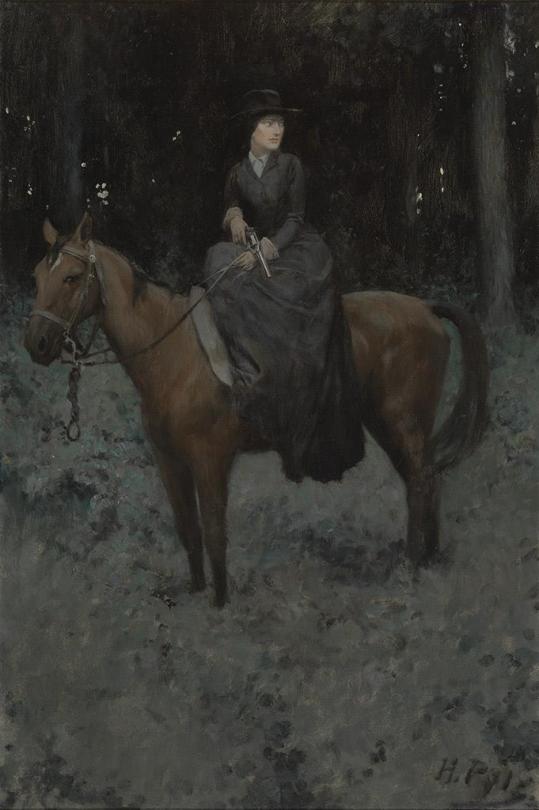
Howard Pyle - She Drew Bridle, Listening - There was No Sound, from Special Messenger by Robert W. Chambers (Harpers Monthly Magazine, February 1905)
190 notes
·
View notes
Text


Illustration from Harper's New Monthly Magazine, 1901-1902 - unknown artist // Mermaid Illustration for Goethe's "Der Fischer" - Erich Schütz // Mermaids - Florence + the Machine
#mermaid#mermaids#mermaids song#mermaids florence + the machine#mermaids florence#dance fever#florence + the machine#florence and the machine#fatm#art#art history#lyrics#lyric art
162 notes
·
View notes
Photo

Władysław T. Benda. Two women seated facing each other. Harper's Bazaar, between 1890 and 1934.
Harper's Bazaar is an American monthly women's fashion magazine. It was first published in New York City on November 2, 1867, as the weekly Harper's Bazar.
#władysław t. benda#cosmetics#cosmetics ad#cosmetics advertisement#interiors#women#drawings#periodical illustrations#periodical illustration#harper's bazaar#interioirs
113 notes
·
View notes
Text
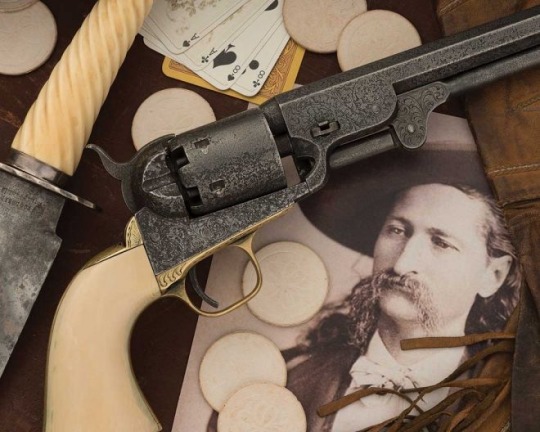
Standing in the dusty town square of Springfield, Missouri, on July 21, 1865, Wild Bill Hickok fired a single shot, killing Davis Tutt in what’s considered America’s first Western showdown.
In July 1865, Union Army veteran Hickok was in a heated feud with his former friend, Dave Tutt. The two had a falling-out over a woman and Tutt repeatedly harassed Hickok in the saloon. Tutt then took Hickok’s prized pocket watch as collateral for a supposed debt. When they couldn’t settle the matter, Hickok threatened that Tutt “shouldn’t come across that square unless dead men can walk.”
So on the evening of July 21, the men met in the square, about 75 yards apart. Each drew their guns and fired. Tutt missed entirely, but Hickok got him in the chest, and he died shortly after. A warrant was issued for Hickok’s arrest and he stood trial. By the law of the West, the jury believed Hickok was right to shoot Tutt and found him not guilty. When Hickok’s story was later retold in Harper’s New Monthly Magazine, he became a legend in his own time.

207 notes
·
View notes
Text
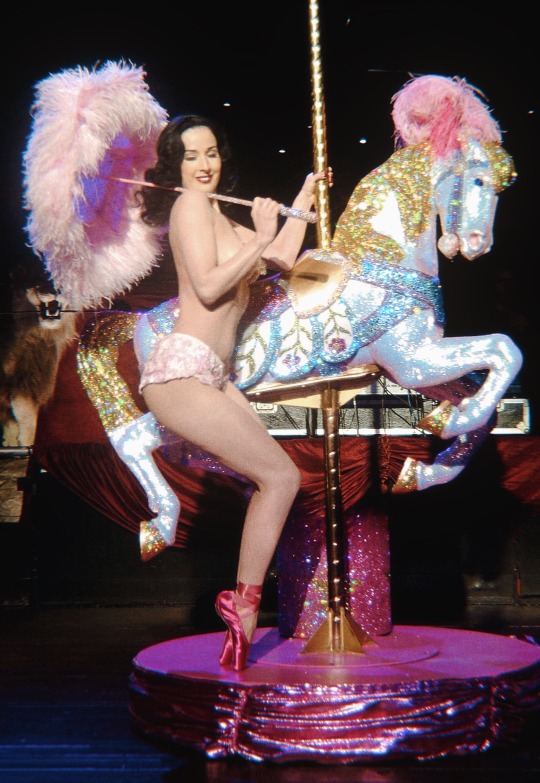


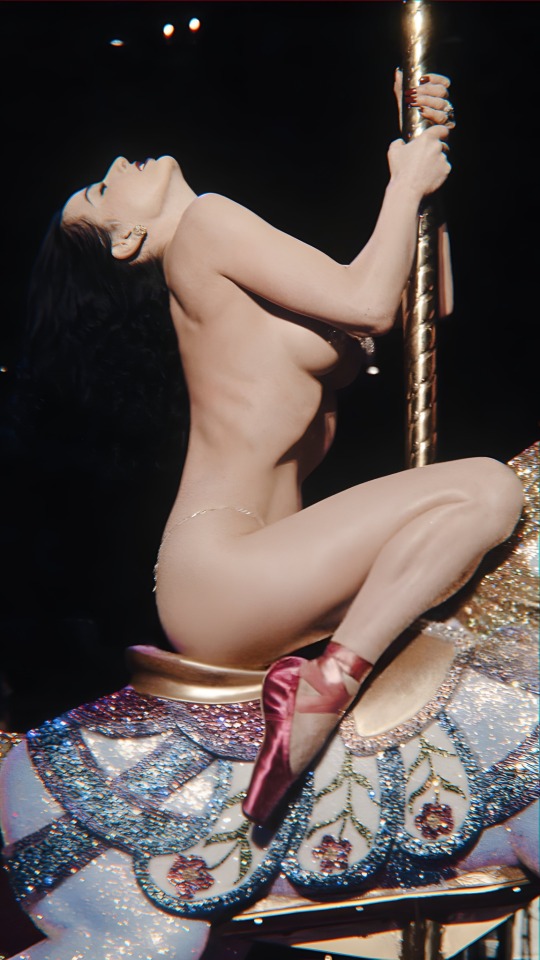
Dita Von Teese perform on stage at the magazine launch party thrown by editor Lucy Yeomans for British Harper's Bazaar at Club Cirque on February 16, 2006 in London, England. The party celebrates the rebirth of monthly glossy Harpers & Queen as 'Harper's Bazaar', reverting to its original name with the first March issue out this week.
#dita von teese#old hollywood#fashion#old hollywod glamour#sexy content#burlesque#post#adult performer#internet#it girl#girls icons#pink obsessed#carousel#bettie page#photography
54 notes
·
View notes
Text

Albert Sterner - From “Harper’s New Monthly Magazine”, 1894-95.
6 notes
·
View notes
Photo
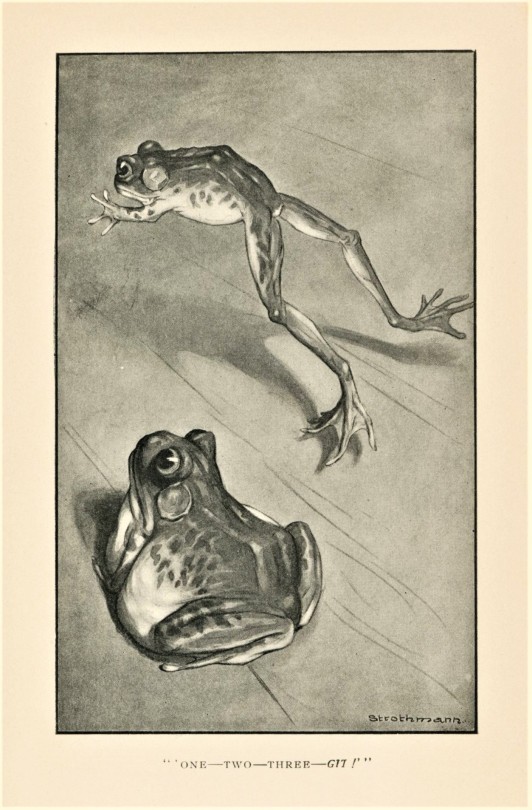

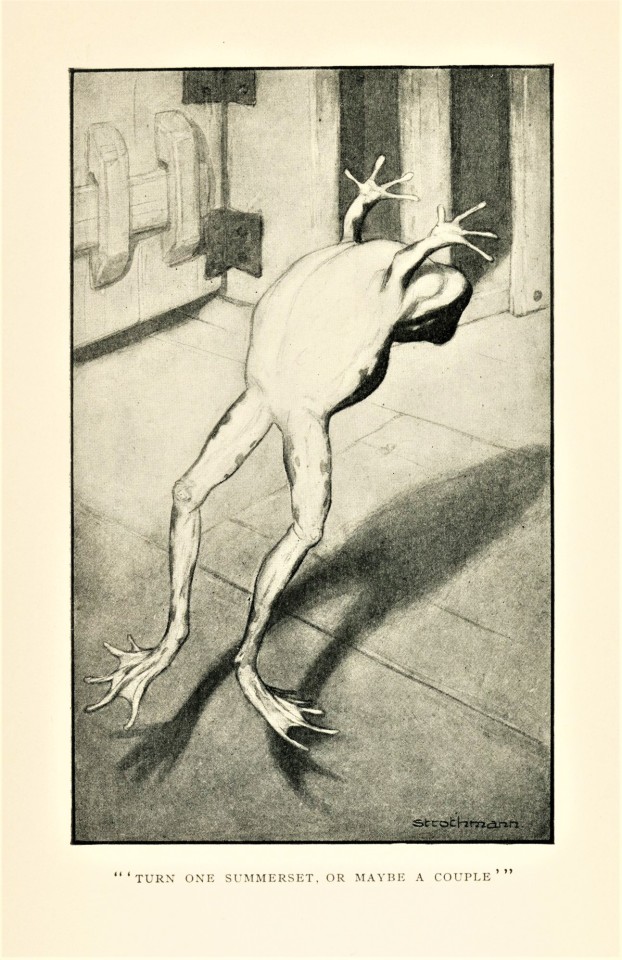


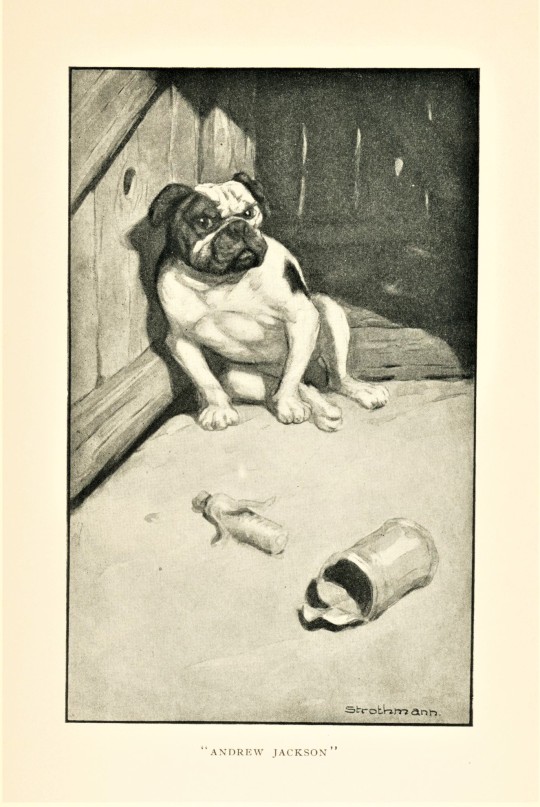

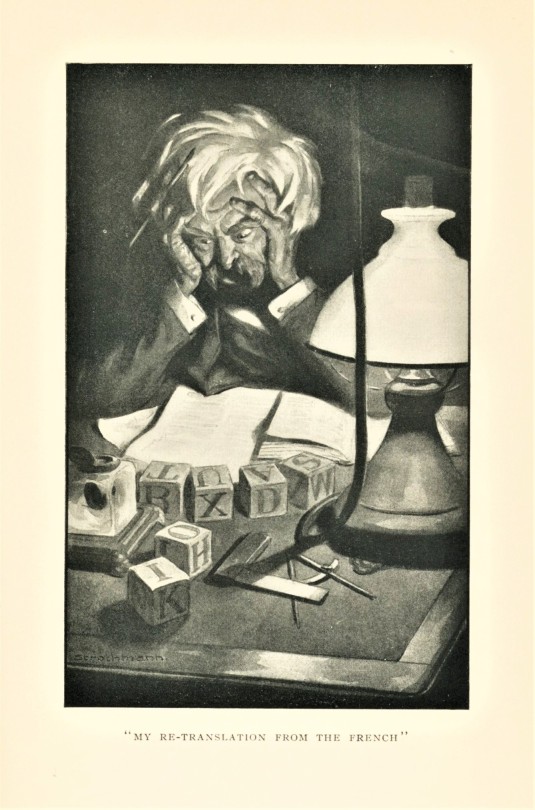

Staff Pick of the Week: Twain’s “Revenge Translation”
Mark Twain wrote, “I am quite sure I that (bar one) I have no race prejudices.” It is generally interpreted that the prejudice to which Twain referred is toward the French. As is often the case with Twain, it can be difficult to determine the sincerity of his ribbing; in Mark Twain and France: The Making of a New American Identity, the authors argue that Twain used France “as a kind of foil ... to help build a modern American sense of cultural self.” Sincere or not, Twain’s antipathy toward the French is on full display in The Jumping Frog: in English, then in French, then Clawed Back into a Civilized Language Once More by Patient, Unremunerated Toil. Perhaps it would amuse Mr. Clemons that I came across this title because I am a bit of a francophile! Our first edition copy was published in New York in 1903 by Harper & Brothers, with illustrations by Frederick Strothmann.
The frog tale, Mark Twain’s first published short story, first appeared under the title “Jim Smiley and His Jumping Frog” in November of 1865 in the literary weekly The Saturday Press. It was widely reprinted; Twain continued to refine the story and a new version appeared in The Californian a month later with the title “The Celebrated Jumping From of Calaveras County.” Keeping this title, it appeared again as the titular story in Twain’s first book, a collection of short stories published in an edition of 1000 in 1867 by American News Company, edited by Twain’s good friend Charles Henry Webb. Issued in seven different colored bindings, the sales were lackluster, but it has since become a hot item among rare book collectors.
A French translation of the story was completed by Thérèse Bentzon and published in 1872 in the monthly magazine Revue des deux Mondes, embedded in an essay about American humorists that Twain interpreted as condescending. He complained that Bentzon’s translation stripped all the humor from the story, and cited that as the impetus for “clawing back” the story into English, but it might have been Bentzon’s characterization of Twain as an unrefined rube that really got his goat. His retaliatory “retranslation” is a word-for-word translation retaining the French syntax. Therefore, it reads like the early days of computer-assisted translators when it was a fun party game to see who could come up with the most convoluted phrase by translating it into another language and back (although maybe this is something only English-major nerds did?). Whether read as a meditation on the limits of translation or an example of pre-internet literary trolling, it is a fun little book.
Find more Staff Picks here.
Check out past posts on Mark Twain here.
-Olivia, Special Collections Graduate Intern
#Staff Pick of the Week#Staff Pick#Mark Twain#The Jumping Frog#The Celebrated Jumping Frog of Calaveras County#Thérèse Bentzon#Revue des deux Mondes#The Saturday Press#The Californian#American News Company#Harper & Brothers#Frederick Strothmann#Charles Henry Webb#Satire#Humorists#translation#revenge translation#literary beefs#olivia
55 notes
·
View notes
Photo

An illustration from Harper’s New Monthly Magazine, 1850, of a woman crying. INTERNET ARCHIVE/PUBLIC DOMAIN
218 notes
·
View notes
Text
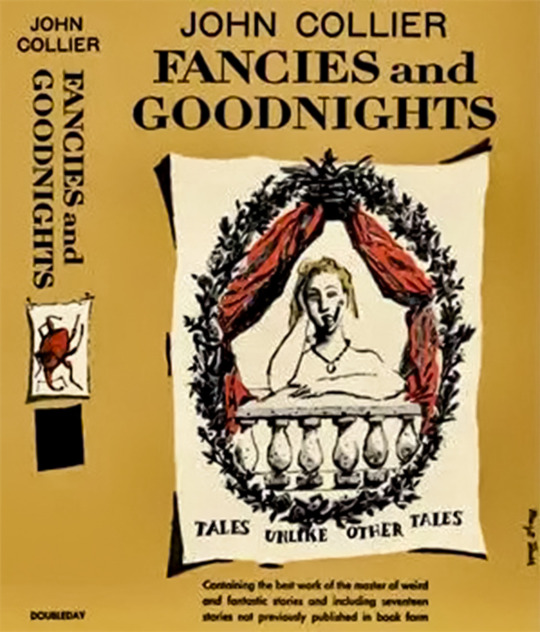
FANCIES AND GOODNIGHTS: Tales Unlike Other Tales by John Collier. (New York: Doubleday, 1951) Cover by Margot Tomes.
"Bottle Party" from PRESENTING MOONSHINE (1939)
"De Mortuis" (The New Yorker 1942)
"Evening Primrose" from PRESENTING MOONSHINE (1941)
"Witch's Money" (The New Yorker 1939)
"Are You Too Late or Was I Too Early?" (The New Yorker 1951)
"Fallen Star"
"The Touch of Nutmeg Makes It" (The New Yorker 1941)
"Three Bears Cottage"
"Pictures in the Fire"
"Wet Saturday" (The New Yorker 1938)
"Squirrels Have Bright Eyes" from PRESENTING MOONSHINE (1941)
"Halfway to Hell" from THE DEVIL AND ALL (1934)
"The Lady on the Grey" (The New Yorker 1951)
"Incident on a Lake" (The New Yorker 1941)
"Over Insurance" [… cont’d]
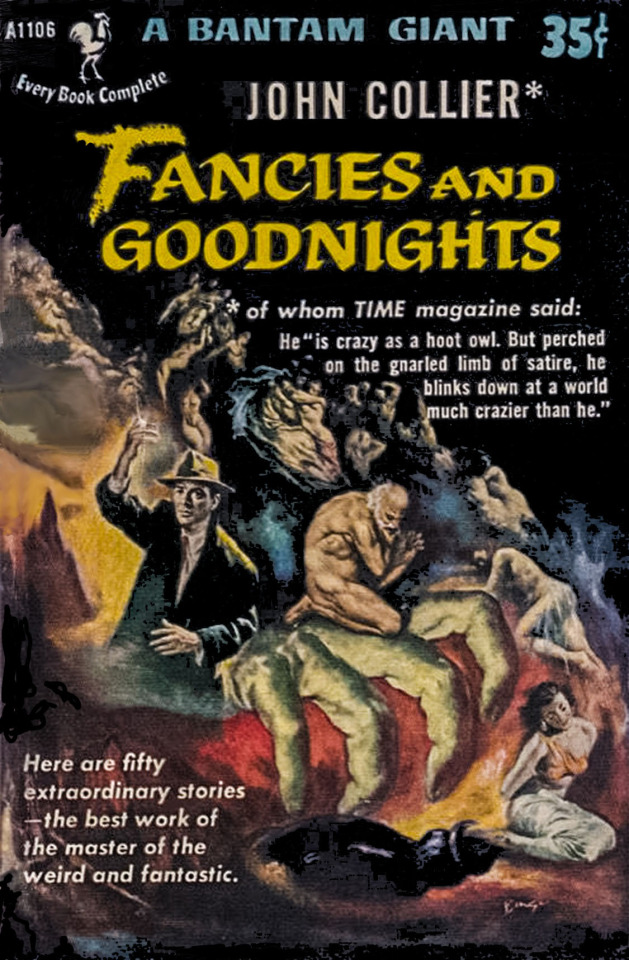

(New York: Bantam, 1953) Cover by Charles Binger. • (New York: Bantam, 1957) Cover uncredited.
"Old Acquaintance" from PRESENTING MOONSHINE (1941)
"The Frog Prince" from PRESENTING MOONSHINE (1941)
"Season of Mists"
"Great Possibilities"
"Without Benefit of Galsworthy" (The New Yorker 1939)
"The Devil, George, and Rosie" from THE DEVIL AND ALL (1934)
"Ah the University" (The New Yorker 1939)
"Back for Christmas" (The New Yorker 1939)
"Another American Tragedy" (The New Yorker 1940)
"Collaboration" from PRESENTING MOONSHINE (1941)
"Midnight Blue" (The New Yorker 1938)
"Gavin O'Leary" [chapbook, 1945]
"If Youth Knew, If Age Could" from PRESENTING MOONSHINE (1941)
"Thus I Refute Beelzy" (Atlantic Monthly 1940)
"Special Delivery" from PRESENTING MOONSHINE (1941)
"Rope Enough" (The New Yorker 1939)
"Little Memento" (The New Yorker 1938)
"Green Thoughts" (Harper's Magazine 1931)
"Romance Lingers Adventure Lives"
"Bird of Prey" from PRESENTING MOONSHINE (1941) [… cont’d]

(New York: Time, 1965) Cover by Seymour Chywast.
"Variation on a Theme" [chapbook 1935]
"Night! Youth! Paris! and the Moon!" (The New Yorker 1938)
"The Steel Cat" from LILIPUT (1941)
"Sleeping Beauty" (Harper’s Bazaar (UK edition) 1938)
"Interpretation of a Dream" (The New Yorker 1951)
"Mary" (Harper’s Bazaar 1939)
"Hell Hath No Fury" from THE DEVIL AND ALL (1934)
"In the Cards"
"The Invisible Dove Dancer of Strathpheen Island" from PRESENTING MOONSHINE (1941)
"The Right Side" from THE DEVIL AND ALL (1934)
"Spring Fever"
"Youth from Vienna"
"Possession of Angela Bradshaw" from THE DEVIL AND ALL (1934)
"Cancel All I Said"
"The Chaser" (The New Yorker 1940)
source
#book blog#books#books books books#book cover#suspense#john collier#new yorker#seymour chwast#charles binger#margot tomes#bizarre
3 notes
·
View notes
Text
Fun Fact: Chapter 54 of Moby-Dick was not in the first original copies and was in fact published in Harper’s New Monthly Magazine while Moby-Dick was being sent out for publishing.
12 notes
·
View notes